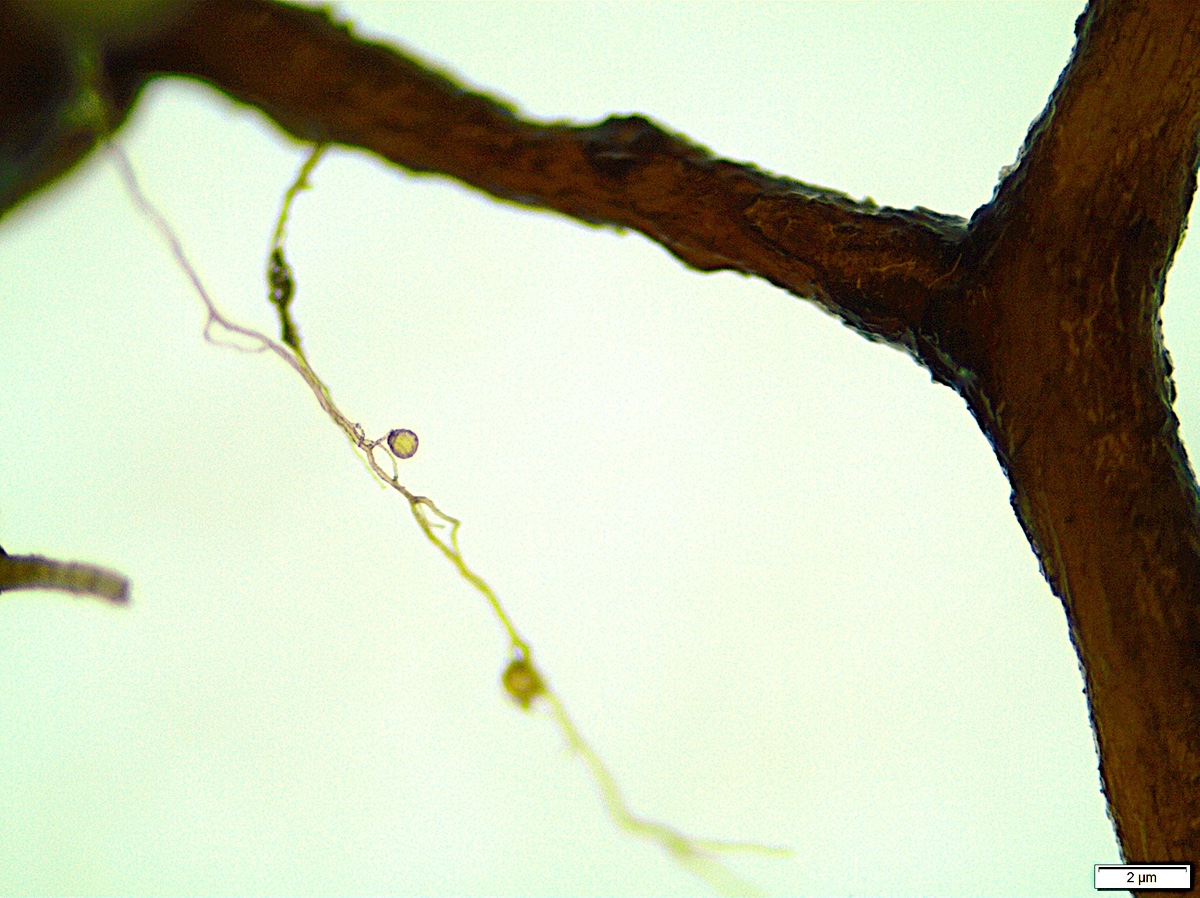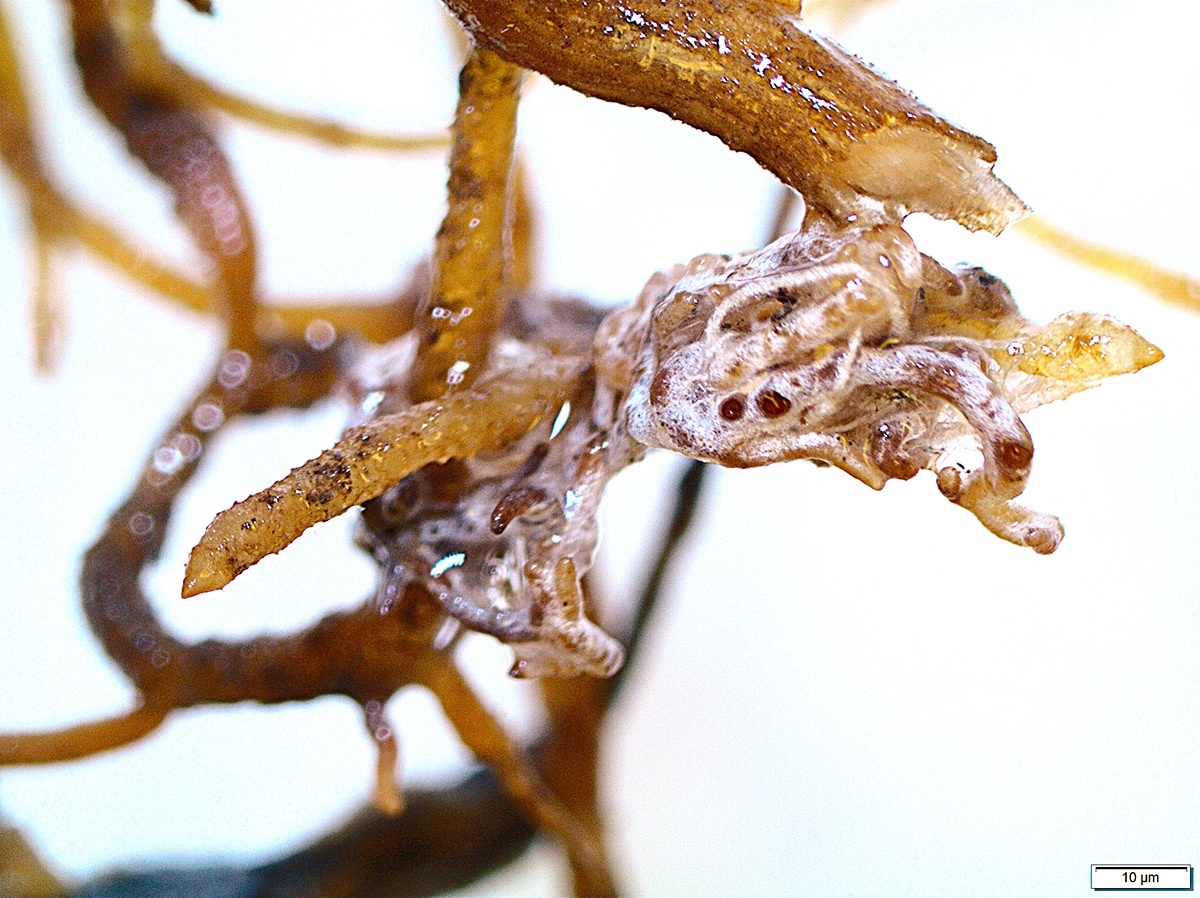New research determines soil-dwelling fungi affect global tree species
WEST LAFAYETTE, Ind. — A team co-led by a Purdue University researcher has found that groups of fungi influence global tree species in distinct ways, depending on latitude and aridity. The team’s data underscores the importance of mutually beneficial, belowground interactions between mycorrhizal fungi and trees.
All mycorrhizal fungi mine soil nutrients and provide them to trees in exchange for carbohydrates from the trees’ photosynthesis. But the ectomycorrhizal and arbuscular mycorrhizal fungal groups, which both live symbiotically with plant roots, do so in different ways with profound impacts on forest tree diversity.
“Their findings reveal how the symbiotic relationships of ectomycorrhizal versus arbuscular mycorrhizal fungi with trees drive species diversity across ecosystems,” said Jingjing Liang, associate professor of quantitative forest ecology at Purdue. “What we can see above ground is governed to a large extent by what is happening belowground.”
Liang and Peking University’s Zhiheng Wang co-led a team of more than 150 co-authors who published their findings June 13 in Science Advances. The researchers drew data from over 442,000 forest plots worldwide. Their findings reveal how the symbiotic relationships of ectomycorrhizal versus arbuscular mycorrhizal fungi with trees drive species diversity across ecosystems.
Wang noted that forests’ tree species diversity faces severe threats because of climate change and human disturbances. “The loss in tree species diversity may damage the ecosystem services provided by forests. Understanding the mechanisms driving the maintenance of tree species forest diversity is fundamental for the conservation of tree species diversity,” he said.
Liang compared gaining a better understanding of the belowground relationships between mycorrhizal fungi and tree species to treating a patient. “We should not just look at the surface symptoms. We should look deep down, literally to the roots of the problems, and that is belowground mutualism,” he said.
Three conflicting hypotheses about the influence of fungi on tree species diversity have fueled a long debate about their respective validity. But the new research shows that all three hypotheses have contextual validity. “Our findings reconcile inconsistencies regarding how mycorrhizal symbiosis influences tree species diversity,” Wang noted.
Peking University postdoctoral scientist Xucai Pu, a senior co-author of the paper, proposed the project as a PhD student in Wang’s lab through the Global Forest Biodiversity Initiative. GFBI’s supporting cyberinfrastructure, Science-i, provided the means for soliciting data and collaborators for the project from around the world.
Similar studies had been carried out previously, but on a much smaller scale and mostly based on less representative datasets. The new study drew from much larger, more representative forest inventory data consisting of the exact abundance and composition of tree species within various forest communities globally.
“With this data, we were able to very accurately capture this relationship between different types of mycorrhizal fungi and forest tree species diversity,” Liang said. After taking steps to standardize and integrate the various datasets, the researchers applied several statistical approaches to their analysis. Combining the strengths of different models allowed them to filter noise from the complex ecological data and detect hidden trends.
University of Michigan ecologist Peter Reich, a senior co-author of the paper, cited those findings as the most valuable part of the study. “This insight would have been impossible to detect without the comprehensiveness of this dataset, which allows us to test across large gradients of temperature, moisture and latitude,” he said.
Reich further noted that without the comprehensive dataset, the ectomycorrhiza’s tendency to assert dominance in cold, resource-poor conditions, which also happen to have low tree species richness, would have masked the more intricate pattern.
“But by being able to tease apart temperature and moisture, we can see that when conditions are generally good, the more abundant the ectomycorrhizal are, the more they do to reduce tree richness,” Reich said. “This likely occurs through a complex set of connections. Dominant tree species tend to exclude less dominant ones from any forest, but root pathogens often hold the dominant tree species in check, allowing more tree species to flourish.
“If ectomycorrhizae are abundant, that is good news for trees because they suppress root pathogens, but counterintuitively, this can reduce tree species richness because without those pathogens, the dominant tree species thrive and exclude a greater number of the less dominant ones.”
By contrast, when other stressful factors, such as low moisture availability or cold conditions, limit the number of tree species, the mixture or diversity brought about by both types of fungi together is associated with the highest tree diversity. Under stressful conditions, Reich explained, enhanced resource acquisition helps a greater variety of trees to coexist, while density-dependent pathogens play a less important role.
“Both ways of influencing tree diversity are real, but their relative balance and magnitude of impacts vary with environmental context,” Reich said.
While helping to reconcile a longstanding debate, the research may also inspire future related studies. For example, does belowground mutualism govern patterns beyond tree species diversity? How much of the carbon that forests sequester at the surface can be attributed to underground activity?
“And what can we do to enhance the health of our forest ecosystem by not just seeing what is on the surface, but what is belowground?” Liang asked.
About Purdue Agriculture
Purdue University’s College of Agriculture is one of the world’s leading colleges of agricultural, food, life and natural resource sciences. The college is committed to preparing students to make a difference in whatever careers they pursue; stretching the frontiers of science to discover solutions to some of our most pressing global, regional and local challenges; and, through Purdue Extension and other engagement programs, educating the people of Indiana, the nation and the world to improve their lives and livelihoods. To learn more about Purdue Agriculture, visit this site.
About Purdue University
Purdue University is a public research university leading with excellence at scale. Ranked among top 10 public universities in the United States, Purdue discovers, disseminates and deploys knowledge with a quality and at a scale second to none. More than 106,000 students study at Purdue across multiple campuses, locations and modalities, including more than 57,000 at our main campus locations in West Lafayette and Indianapolis. Committed to affordability and accessibility, Purdue’s main campus has frozen tuition 14 years in a row. See how Purdue never stops in the persistent pursuit of the next giant leap — including its integrated, comprehensive Indianapolis urban expansion; the Mitch Daniels School of Business; Purdue Computes; and the One Health initiative — at https://www.purdue.edu/president/strategic-initiatives.
Writer: Steve Koppes
Media contact: Devyn Ashlea Raver, draver@purdue.edu
Sources: Jingjing Liang, jjliang@purdue.edu; Zhiheng Wang, zhiheng.wang@pku.edu.cn; Peter Reich, preich@umich.edu
Agricultural Communications: Maureen Manier, mmanier@purdue.edu, 765-494-8415
Journalist Assets: Publication images can be obtained at this, link
This research is a part of Purdue’s presidential One Health initiative, which involves research at the intersection of human, animal and plant health and well-being.






